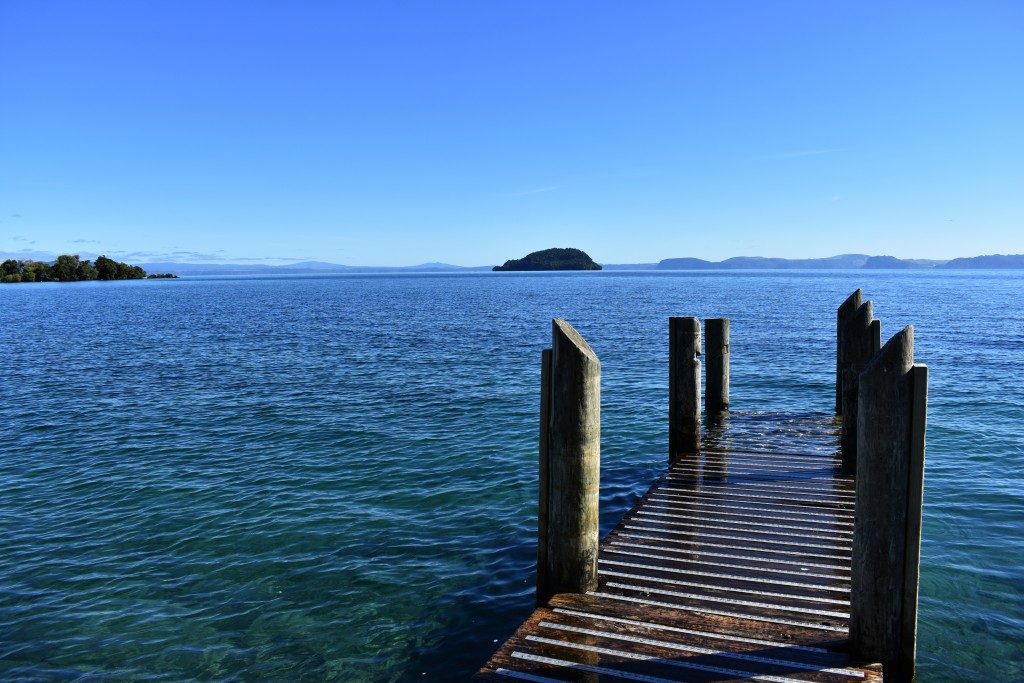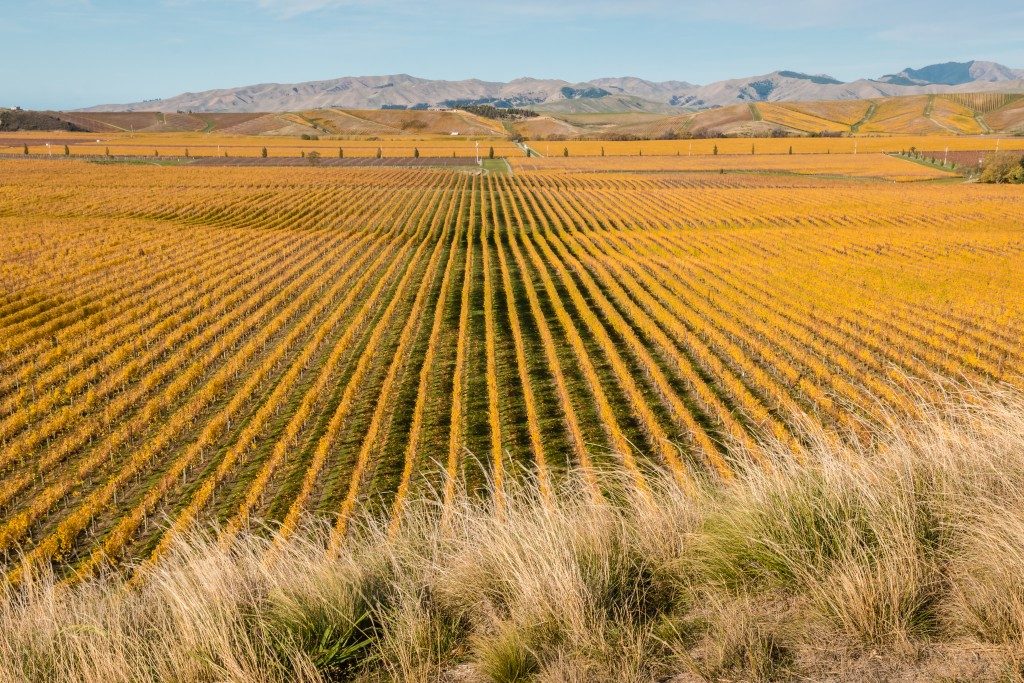In most areas of New Zealand, you can expect clean drinking water at the turn of a tap. But do you need water treated and chlorinated for every task, for washing the car or watering the garden? Surely not? A large amount of water that disappears down the drain could be used again, saving money and resources, reducing treatment time and improving your environmental impact.
Who wastes water?
We all do, but some do more than others. How we use water has much to do with lifestyle, culture, infrastructure and climate. Imagine living in the Sahara; you’ll be much more conscious about the use of limited water supplies; you probably wouldn’t start a flowerbed or garden lawn when more basic water needs take priority. Luckily, New Zealand has a more temperate climate and a functioning water and drainage network in most populated areas. However, with the growing impact of climate change, population increases and the growing importance of environmental sustainability, the responsibility of managing valuable natural resources like water is increasing.
How Much Do We Use?
Although the quantity varies depending on customs and climate, on average, a person needs to drink between 1½ to two litres a day. The total amount used also depends on how water-stressed a country is. In some African countries, people survive using less than 10 litres per day. In more advanced, industrial countries, the average is over 200 litres.
New Zealanders’ daily water consumption is approximately 227 litres, of which 86 litres is flushed down the toilet, 36 litres is drained from the washing machine, 68 litres is used for personal hygiene, and 37 litres used for kitchen and general housekeeping activities. Once used, the water is classified as black or grey water, not fit for human consumption and drained away. However, much of this water could be reused.
What is Grey Water?

Blackwater is water used to wash away human waste. Grey water is all the water used domestically that is not flushed away, so it has no traces of faeces. This includes water used for bathing, laundry, cooking and cleaning. In many drainage systems, the black and grey water are mixed together, for example, in septic tanks and combined sewerage systems, so treatment of all water is the same.
However, since greywater is not as contaminated as black water, it is easier to treat. It can be recycled for many of the tasks it was originally used for, such as laundry and toilet flushing, and also other uses like car washing and watering the garden.
How to Treat Grey Water?
Several options are available to treat grey water if it can be prevented from being mixed with the black water. Some systems are available in NZ that separate and treat greywater. Most treatments use natural methods like aerobic and anaerobic bacteria breakdown or encouraging shallow wetlands where plants feed off the nutrients. One of the simplest methods is by sand filtering. Water is fed into the top of a large container of sand. Gravity makes the water sink to the bottom, and the sand traps out any larger particles. Once the water reaches the bottom, it is directed through a soil box comprising of topsoil, fine sand, coarse sand and small gravel to further filter out impurities.
If you think of the process and resources involved to deliver water to your tap, the cost of your water bill and the environmental impact of recycling, reusing grey water makes sense, any way you look at it.
